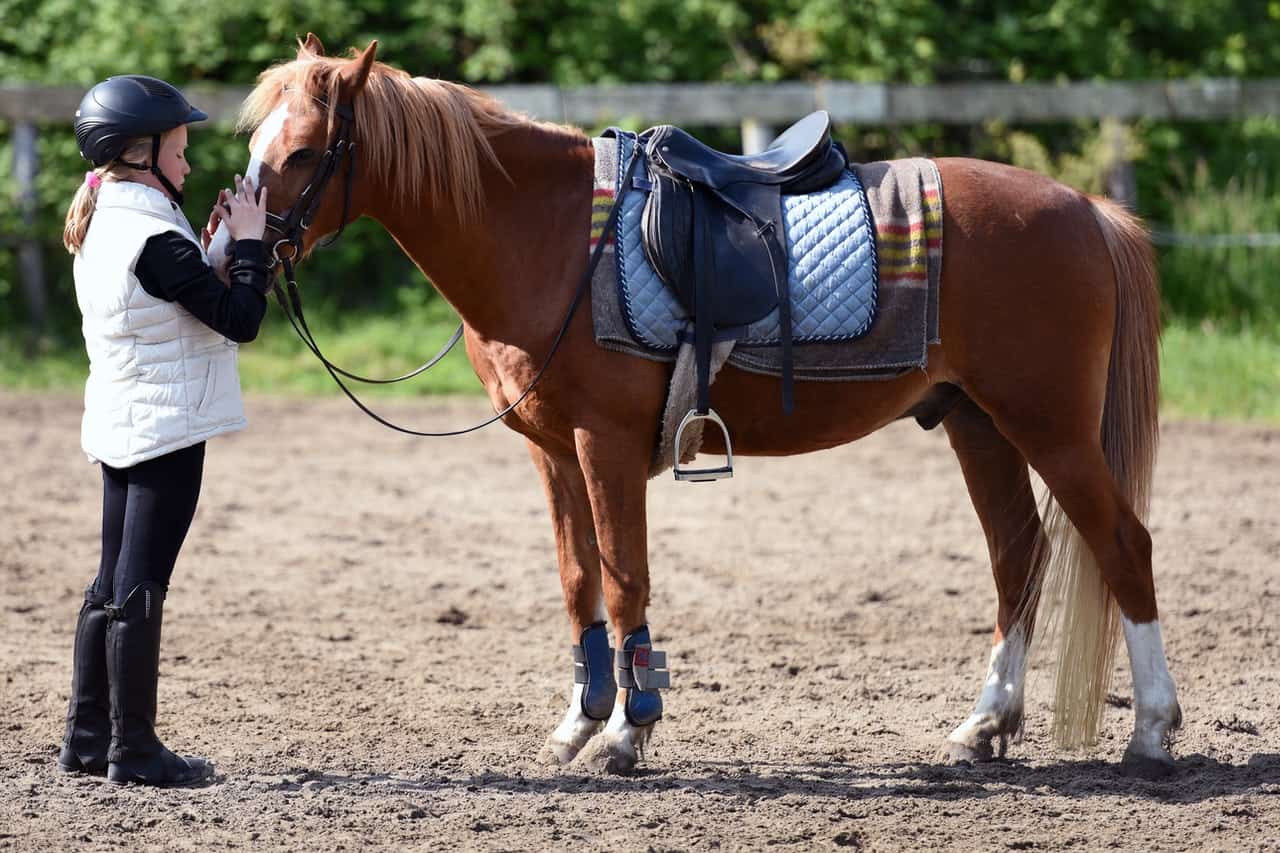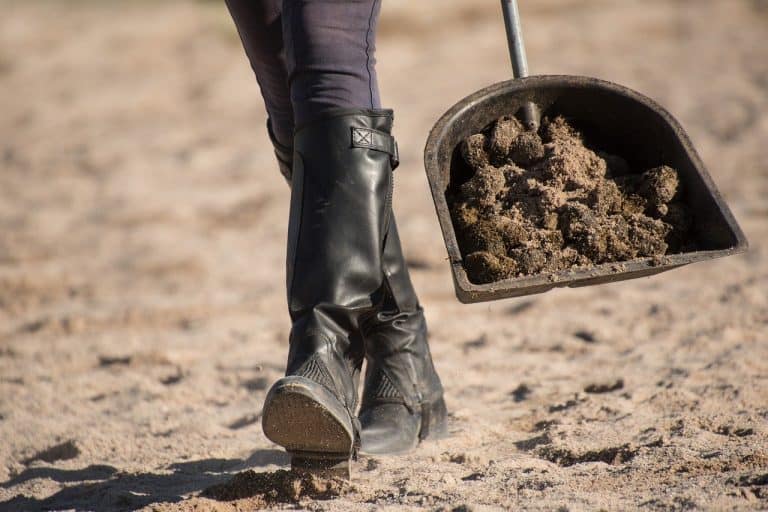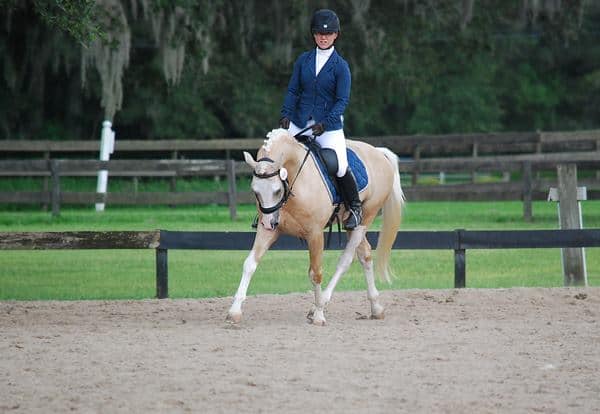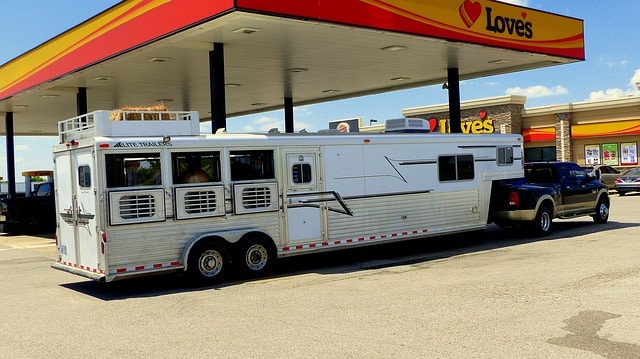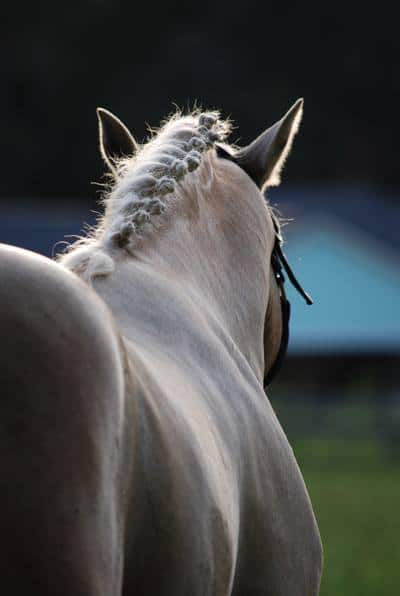Breakeven Points
And why you need to know them
I have seen so many times, trainers and instructors asking what others charge for their services. This question is valid and it is good to know what the market is around you. But you cannot set your prices based on what your competition charges. You really need to know what it cost you to provide the services that you are charging for. And to do this we look at breakeven points.
Break-even point is when then total revenue equals the total cost. At this point you are covering all your cost. You ARE NOT MAKING MONEY. But covering your cost. Breakeven analysis helps you determine how many lessons each horse has to work to cover their expenses. Or, if you are looking at your entire facility breakeven is the amount of revenue you need to bring in just to cover expenses. Again, you are not making money.
Why would you want to know the breakeven point? Well, it will help you set pricing and help you set goals. It is a management tool. A planning tool. It will help you answer questions like:
Is this horse worth keeping as a lesson horse?
How many lessons does this horse need to work each week? Or each month?
Can I make a living at this facility?
Can I hire an additional instructor?
What can I charge or should I be charging per lesson?
Can I be competitive with my rates? And still make money.
Is it time to retire this lesson horse?
What effect will a change in services have on my bottom line?
How do we calculate the breakeven point?
For each lesson horse, I calculate a breakeven point. I start by identifying the cost of keeping the horse or pony. So, I need to know all my fixed cost. What my facility cost and how many horses or ponies are on the facility. What is my annual depreciation for things like fencing, barns, tractor, trailer manure spreader etc? These are the fixed cost of the facility. They are there no matter what. I divide my fixed cost by the number of horses on the property to determine each horse’s share of the cost. So, if you have 30 horses at your facility each horse should cover 1/30th of your total fixed cost. Fixed costs include a barn manager’s salary and the cost of barn help. Either yourself or someone else. Because the barn does not run without a manager.
Variable costs include feed, hay, supplements, etc. that change with the number of horses you have on your facility. The more horses you have the more feed and hay you have to purchase. I calculate the actual cost of feed and hay for each horse. There are costs that are associated with the individual horse you are working with such as maintenance and tack. We have assigned tack for each of our lesson horses, so the depreciation of that tack is part of what it cost for that horse to work.
You could use a breakeven point based on the average cost of keeping your lesson horses. But once you have the excel spreadsheet set up it is easy to calculate the cost for each horse. Remember breakeven analysis is a management tool.
Now we have our total cost either per month or per year depending on what you are calculating. I calculate per month. If I calculate that a pony costs me $450 per month and I charge $45 per lesson, I then know that this pony needs to teach 10 lessons before the pony is making money.
In my program, I have an assistant trainer who teaches all the beginner lessons. So, if I am looking at a beginner-level lesson pony I will also consider what my assistant cost. If my assistant cost me $12 per lesson (the cost is different from what I pay her). The contribution for each lesson is $33. The same pony would need to work 14 lessons per month before this pony is starting to make money.
I do the same thing with boarders except I don’t individualize the cost. I add the fixed cost associated with each horse on my property. But when I am calculating variable cost, I use the amount associated with the maximum I would feed and hay. This maximum is in my boarding contract. If a horse needs more feed or hay, the owner must pay the difference. After I add the fixed cost and variable cost for boarders, I know my breakeven point. This is NOT what I charge for boarding. This is what it cost me to keep a horse on my property.
If you would like help calculating your breakeven points email me at Molly@ordinarydressagerider.com. or click the link below to schedule an initial consultation.
